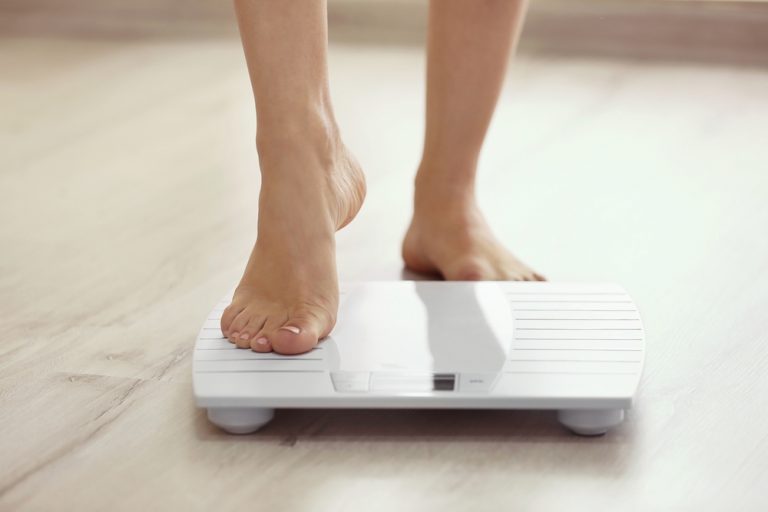Here at the Yinova Center we’re experts when it comes to fertility counseling. We teach our patients how to know when they’re ovulating and the best times to have sex if they’re trying to conceive.
Many of our patients chart their basal body temperature (BBT) or monitor cervical mucus, or both. In fact, this was a subject Dr. David and I tackled very thoroughly in our bestselling fertility book Making Babies: A Proven 3-Month Program for Maximum Fertility. So for a deeper discussion of this subject (and a lot more helpful fertility advice) it’s worth picking up a copy and giving it a read.
But for some people all of this charting and monitoring can be stressful or too time consuming. Fortunately there is a less hands-on way of knowing when you ovulate: an ovulation predictor kit, available in any drugstore.
These kits work pretty much like a home pregnancy test, but they are looking for a different hormone: LH, which triggers the release of the mature egg from the follicle. So you pee on the stick (or “hold it in your urine stream”) for a few seconds, wait a few minutes, and watch for an indicator line to appear (or not). You do one a day leading up to when you expect to ovulate. When it detects a rise in LH, you’ll ovulate in the next twenty-four to forty-eight hours.
Start having sex every day, or every other day, as soon as you see the faintest indication of LH. Tracking ovulation this way costs a lot more than tracking cervical mucus changes or BBT. Each kit typically contains five tests and costs about $15. That’s enough to get you through one cycle, unless you have irregular cycles, in which case you could easily need more than one box to hit the target. Regardless, you may find the convenience worth the cost.
Ovulation predictor kits have one clear advantage over charting BBT: as the name promises, they predict ovulation, whereas tracking your temperature will tell you only when you have ovulated. But the results can sometimes be misleading.
- Just because LH is detected does not mean you will ovulate. In some cases, LH spikes but the follicle doesn’t heed the call to rupture, and no egg is released. (For more on this you can read about luteinized unruptured follicle syndrome, or LUFS, in our book Making Babies)
- Some people have false LH surges several days before ovulation. This is especially common in people with polycystic ovarian syndrome. If you get a result that seems too early, keep testing to see if you get another more realistic spike a bit further down the road.
- People over 40 sometimes have elevated levels of LH in general, so when they use these kits, there may be several days when it looks as though they’re ovulating, and they can’t tell which one is the real deal.
If you need more in-depth fertility counseling, all of the practitioners here at the Yinova Center have many years of experience helping couples to conceive. We love our job and are happy to chat to you about any aspect of the fertility journey.




